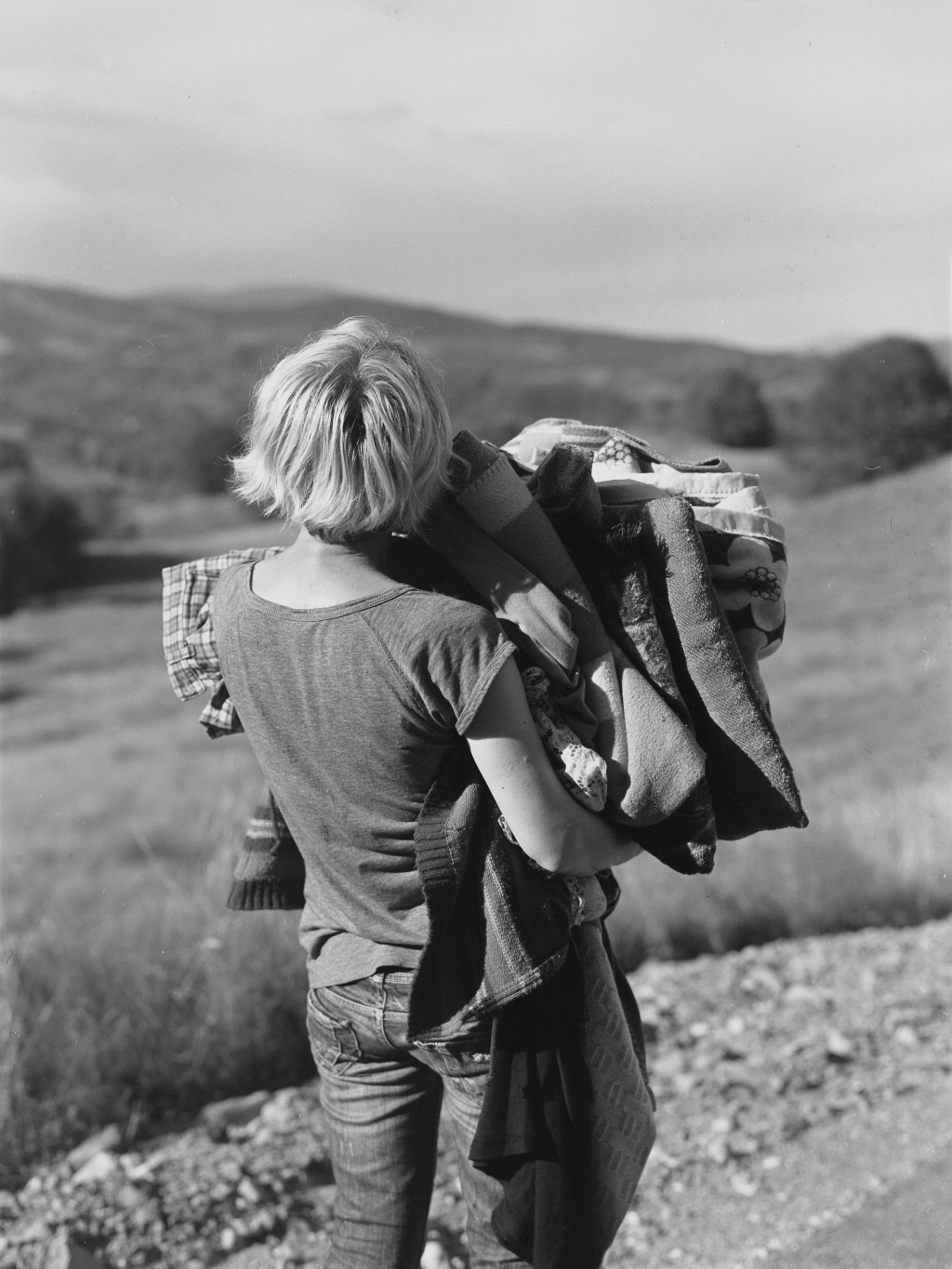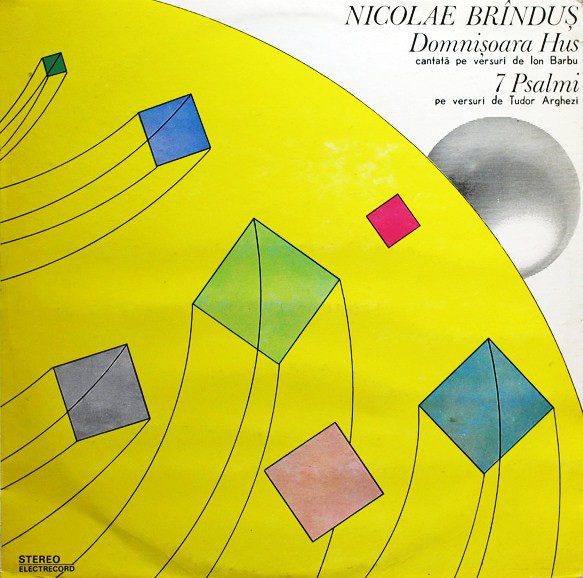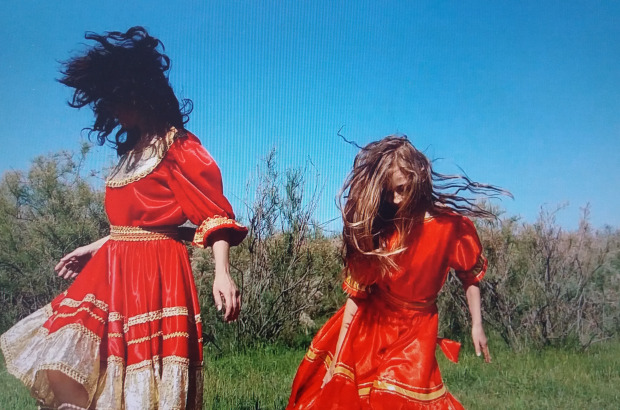- Daily & Weekly newsletters
- Buy & download The Bulletin
- Comment on our articles
Prestigious Europalia arts festival to showcase the culture of Romania from autumn
Europalia Romania opens this autumn with a double celebration. While the jewel of a festival that Belgium hosts every two years turns 50, guest country Romania marks the 30th anniversary of the fall of communism.
The diverse programme reflecting Romania’s tempestuous history was unveiled at Egmont Palace in Brussels on 6 June. It affirmed how Europalia’s 27th edition was picking up the challenge of presenting a contemporary image of the complex country that lies on a cultural crossroad between East and West.
Romania fits Europalia’s brief to shine a light on frequently little-known cultures and build lasting bridges via artistic residencies and new works. The latter forms a central pillar of the programme. In total, 265 events in 50 locations spread across the country span art, history, music performance, cinema and literature.
After a series of biennials promoting heavyweight countries outside of Europe, such as India, Brazil, China, Turkey and Indonesia, the 2019 edition returns to its original mission of increasing the understanding of neighbouring countries.
“Art and culture can make a difference and reconnect us,” said Liliana Turoiu, president of the Romanian Cultural Institute.
The country’s unique history is shown in two major exhibitions. The Gallo-Roman Museum in Tongeren collaborates with the National Museum of Romanian History for a show (19 October to 26 April) about Dacia, the province of the Roman empire (500 BC-271AD) at the heart of the Romanian republic. While stepping further back in time to the Bronze and Neolithic age, the Grand Curtius in Liège runs a parallel exhibition (18 October to 26 April).
Brussels remains the hub of the festival. The introductory exhibition Perspectives at Bozar looks at how art developed from the start of the Romanian identity in the middle of the 19th century to the turbulent period of the fall of Ceausescu in 1989. Its focus is the historical avant-garde and displays a broad range of artists and expressions.

Migration is a pressing topic and the theme of the exhibition Displacement & Togetherness (pictured, above) at CC Strombeek (18 October to 12 December). Eastern European and Belgian perspectives are accommodated in multi-faceted portraits of the current wave of migration. Another contemporary show is HIT, a collaboration between Belgian-Romanian artist Claudia Radulescu (main image, above) and Belgian curator and artist Els Vermang at Kanal Centre Pompidou (14 December to 26 January) for a fusion of visual arts and avant-garde pop music. A similar mix can be seen in the exhibition of vinyl record covers by the Electrecord label at Muntpunt (image, below).
The capital also hosts the flagship exhibition, a retrospective of one of the 20th century’s most significant artists, Constantin Brancusi. From his mythical journey on foot from Bucharest to Paris and the influential studio he founded there, Brancusi: Sublimation of Form at Bozar (2 October to 12 January) presents a rare opportunity to explore his world. The pioneering Modernist sculptor and photographer was in constant search for the essence of form. Alongside some of his emblematic pieces, works are shown by masters he first studied under, such as Rodin, and many of his contemporaries, including Amedo Modigliani, May Ray, Fernand Léger, Marcel Duchamp and Isamu Noguchi.
Brancusi is the inspiration for several contemporary choreographies in the Europalia performance programme, while his art is the theme of creative workshops for children at Bozar.
Internationally known Romanians also figure in the theatre and music sections. An adaptation of playwright Eugène Ionesco’s absurdist drama Rhinoceros is staged in Liège and Valenciennes in northern France ( 13-20 December). Another theatrical highlight is three representations of The Scarlet Princess at Les Halles de Schaerbeek (17 to 19 December). The Japanese Kabuki-inspired interpretation by Romanian opera and theatre director Silviu Purcarete is an audacious representation of two theatrical traditions.
Among contemporary works, Belgian choreographer Wim Vandekeybus explores Romanian folklore and the theme of women and feminism in Mothers of Steel and Manifestation, at KVS in Brussels, Bruges’s Concertgebouw and CCHA in Hasselt, during the month of December.
The music programme covers diverse genres in a total of 84 concerts. Musician and composer George Enescu features in classical and jazz performances, while soprano Angela Gheorghiu, one of opera’s greatest voices, sings from the repertoire of Bellini, Tosto, Rameau, Pergolesi and Brediceanu. Romania boasts an exciting contemporary scene in addition to ethnic sounds and avant-gardism. Experimental, club, gypsy, Balkan funk, electro and hip-hop all have their place on the menu.

Cinema is the one artistic medium that has succeeded in throwing a light on Romanian culture and life over the past 20 years, so Europalia’s film section reflects this new wave. Videograms of a Nation shows the contemporary reality of the country via screenings of both recognised and lesser-known films, with leading directors presenting their vision at masterclasses and lectures.
Throughout December and January, Cinematek in Brussels screens 20 films, curated according to various themes, while 10 other films are being screened in Ghent and Strombeek, among other locations. A preview of the cinema programme is showing Nae Caranfil’s The Rest is Silence at the Château de Beloeil in Hainaut in July. It reveals the creative collaboration behind the country’s first feature film in 1911, the war epic Romania’s Independence.
The focus of the festival’s literature programme is the 30-year period of post-communism. Around 20 Romanian writers, poets and philosophers are participating in a series of open dialogue events.
With the extensive artistic and creative residencies, many unfamiliar talents fill the festival. Europalia is more than anything a unique opportunity to delve into the culture and identity of another country and with the choice of Romania, the festival aims to render the culture of this country just a little more accessible.


















